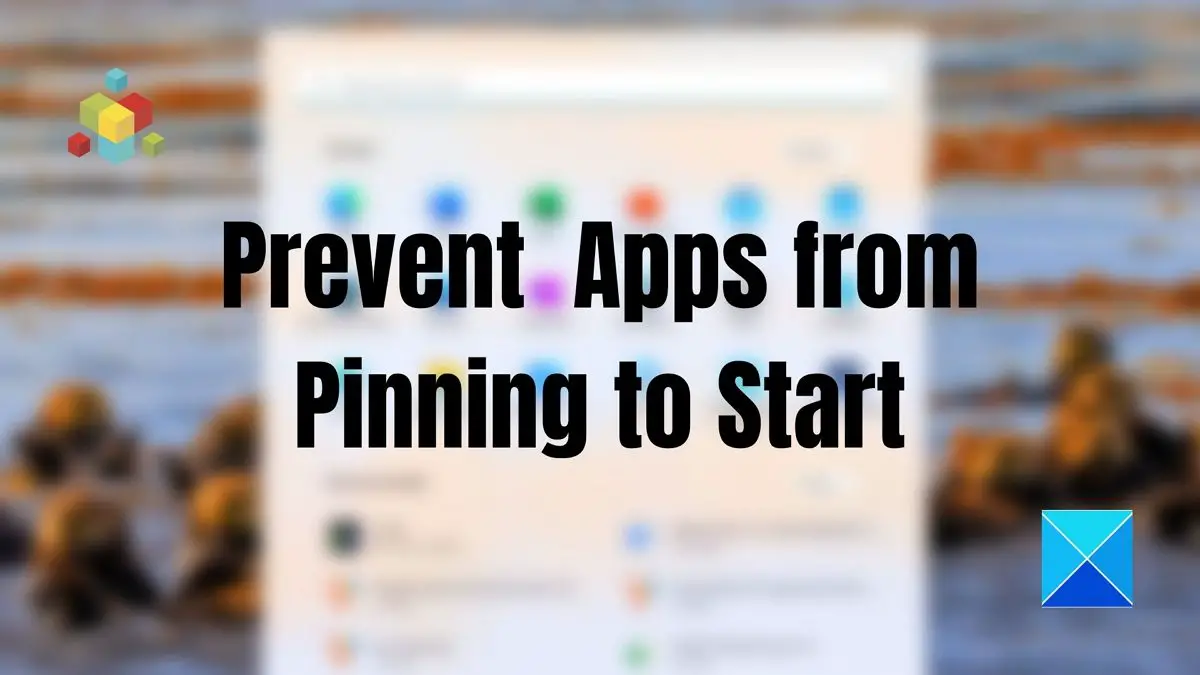Prevent Microsoft Store Apps from Pinning their Icons to Start when Installed
The pinning of a new app to the Start Menu is supported for Desktop and Modern App. We can configure Windows, so it doesn’t pin the Tiles of the new apps to Start Menu. The reason for doing so can be miscellaneous, like keeping the Start Menu minimal, etc. Let us see how to prohibit the new apps from automatically pinning to Start Menu when installed using the Group Policy method
Press Windows Key + R combination, type gpedit.msc in the Run dialog box, and press Enter to open the Local Group Policy Editor.Navigate to the following path:
In the right pane of the window shown above, click the policy named Pin apps to Start when installed and double click the same setting to get this window:Select the Disabled option, and click Apply, followed by OK. You may now close the Local Group Policy Editor and reboot the machine.
After reboot, you’ll find that the Icons of the newly installed app are no longer pinned to the Start menu automatically. However, if you want only a few apps to appear in the list, then you need to enable the policy and add the AppIDS of those apps. Conclusion: Group Policy Editor is available for Windows Pro and above versions. If you are using Windows Home, then you need to enable the GPE on your PC, and then apply the changes. I hope the post as easy, and now this post came in handy to prevent Microsoft Store apps from pinning their Icons to Start when Installed.
How do you stop apps from pinning themselves?
You can use the group policy editor to configure a policy—Do not allow pinning programs to the Taskbar. Once disabled, it will not allow apps to pin themselves to the taskbar. The policy is available under User Configuration > Administrative Templates > Start Menu and Taskbar.
What happens when you unpin the app from Start?
When an app is pinned, a shortcut is created. It’s the same old desktop shortcut but modern. So when you unpin the app from the Start menu or Taskbar, the shortcut is removed. You can still access the app by making a search or going to Start menu’s program section.
